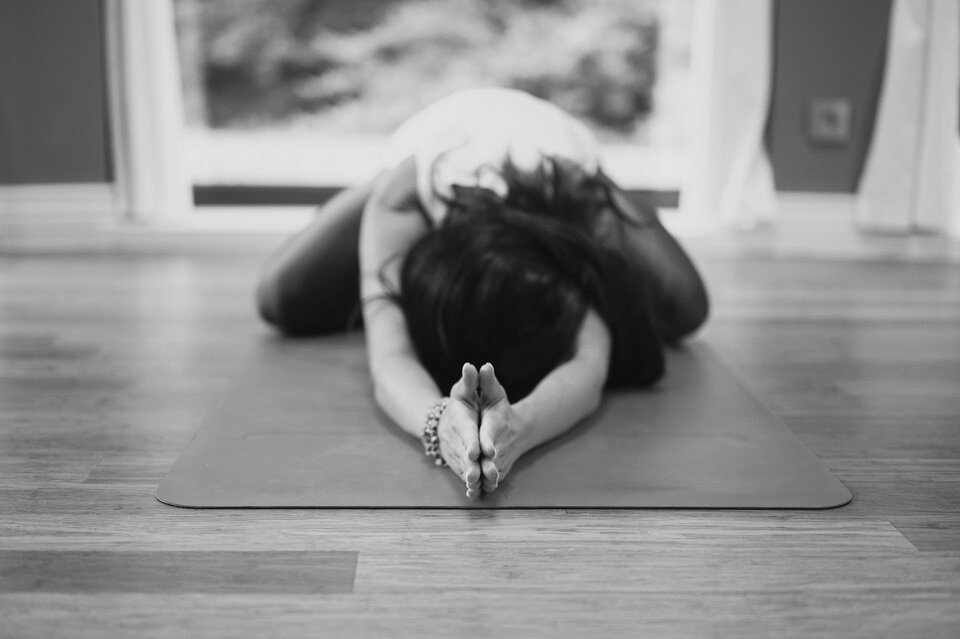In today’s fast-paced world, it’s no surprise that many individuals seek out yoga as an opportunity to slow down, reconnect with their bodies, and find a sense of inner calm. While various yoga styles cater to this goal, one practice, in particular, offers a unique approach to nurturing stillness, relaxation, and profound healing – Yin Yoga. By combining slow, mindful movements with deep, passive stretches, Yin Yoga encourages practitioners to become present, let go of tension, and embrace their true selves.
Though less well-known compared to more vigorous styles of yoga, Yin Yoga is quickly gaining popularity for its ability to promote relaxation, healing, and mental well-being. Unlike more dynamic styles, Yin Yoga focuses on stretching the deep, connective tissues of the body, such as ligaments, tendons, and fascia. This unique approach offers a powerful path to releasing tension, restoring balance, and discovering a sense of inner peace.
By embracing the potent power of Yin Yoga, you can unlock new pathways to physical and emotional healing, finding a refuge of stillness and tranquility in a world that is often anything but.
Join us on this peaceful journey into the world of Yin Yoga, and discover how this gentle, mindful practice can lead to lasting healing, relaxation, and a profound sense of balance in body and mind.
1. The Philosophy and Principles of Yin Yoga
Yin Yoga has its roots in the Taoist tradition, a philosophy that emphasizes the interconnectedness of all things and encourages the cultivation of balance and harmony. Central to this philosophy are the concepts of yin and yang, two opposing yet complementary forces that pervade all aspects of existence. In the context of yoga, yin refers to the passive, nurturing aspects, while yang represents the active, dynamic elements.
Yin Yoga honors the balance between these forces, focusing on the quiet, receptive qualities of the practice. This slower, meditative approach is based on three main principles:
- Slowing down: Each posture or stretch is held for a considerable period, typically between three and five minutes, allowing the body and mind to sink into the pose and explore the full range of sensations.
- Listening to the body: Yin Yoga encourages practitioners to become intimately attuned to their bodies, honoring their unique limits and finding the edge of sensation without exceeding it.
- Softening and letting go: Rather than striving to achieve more, Yin Yoga invites us to surrender into the present moment, releasing tension and allowing the breath to guide us deeper into relaxation.
2. How Yin Yoga Differs from Other Styles
The primary distinction between Yin Yoga and more dynamic styles, such as Vinyasa, Hatha, or Ashtanga, lies in the focus on deep, passive stretches and the prolonged holding of postures. While dynamic styles emphasize muscle engagement, alignment, and flow, Yin Yoga concentrates on targeting the deeper connective tissues and allowing the body to release tension naturally.
In Yin Yoga, postures are often supported with props, such as blocks, bolsters, or blankets, to ensure optimal comfort and enable practitioners to maintain the stretch for an extended period without excessive strain or discomfort.
3. The Benefits of Incorporating Yin Yoga into Your Regular Practice
Yin Yoga offers a wide range of emotional, mental, and physical benefits, including the following:
- Physical release: Yin Yoga’s focus on deep, passive stretching can help release tension in muscles, ligaments, and fascia, improving flexibility and range of motion.
- Stress relief: The slow, meditative nature of Yin Yoga fosters a sense of calm and relaxation, providing a powerful antidote to the stresses of daily life.
- Emotional healing: The prolonged holding of postures allows time for introspection and self-exploration, offering an opportunity to cultivate self-awareness and emotional resilience.
- Enhanced energy flow: By stretching and compressing the body’s tissues, Yin Yoga stimulates the flow of energy through the various meridians or energy channels, promoting optimal health and well-being.
4. Tips for Getting Started with Yin Yoga
If you’re interested in incorporating Yin Yoga into your practice, here are some tips for getting started:
- Find a Yin Yoga class: While it’s possible to explore Yin Yoga on your own, attending a guided class can provide valuable instruction and support, particularly when beginning your journey.
- Use props: Support your body with yoga props such as blocks, bolsters, and blankets to find comfort and ease in each posture.
- Listen to your body: Respect your body’s limits and avoid pushing into pain or forcing a deep stretch.
- Cultivate patience: Embrace the slower pace of Yin Yoga, allowing yourself to settle into stillness and connect with your inner experience.
Conclusion
Yin Yoga offers a unique opportunity to slow down, connect with your body, and unlock the healing potential of deep, mindful practice. By incorporating Yin Yoga into your routine, you can cultivate a sense of balance, harmony, and inner peace that permeates both your yoga practice and your daily life.
Find tranquility and healing through Yin Yoga at Y2 Yoga in Fort Mill, South Carolina. Join us on the mat to experience this slow-paced yoga style that promotes relaxation, flexibility, and mindfulness. Our certified instructors will guide you through each pose, helping you to release tension and find ultimate well-being. Book your class today and discover the benefits of Yin Yoga.
